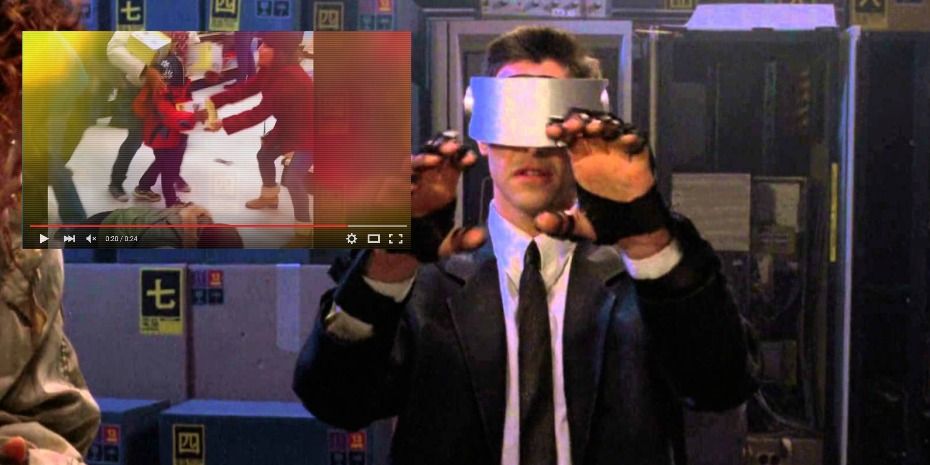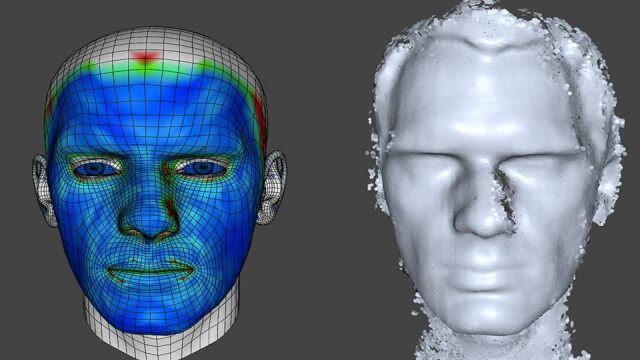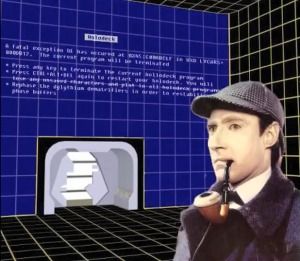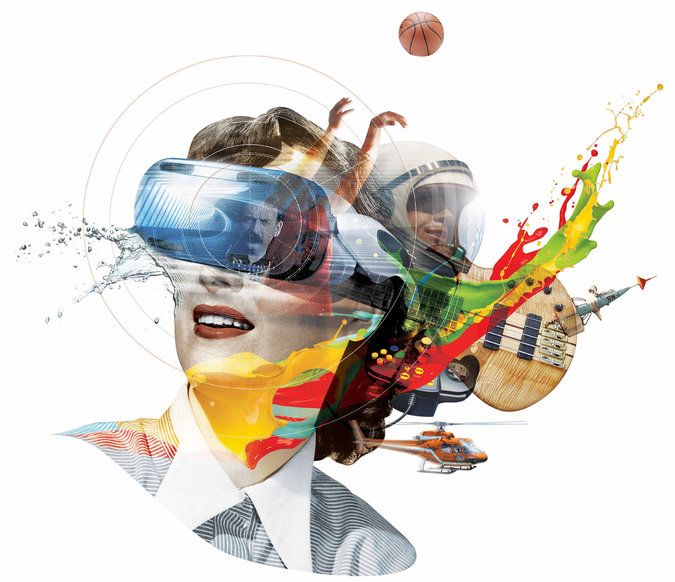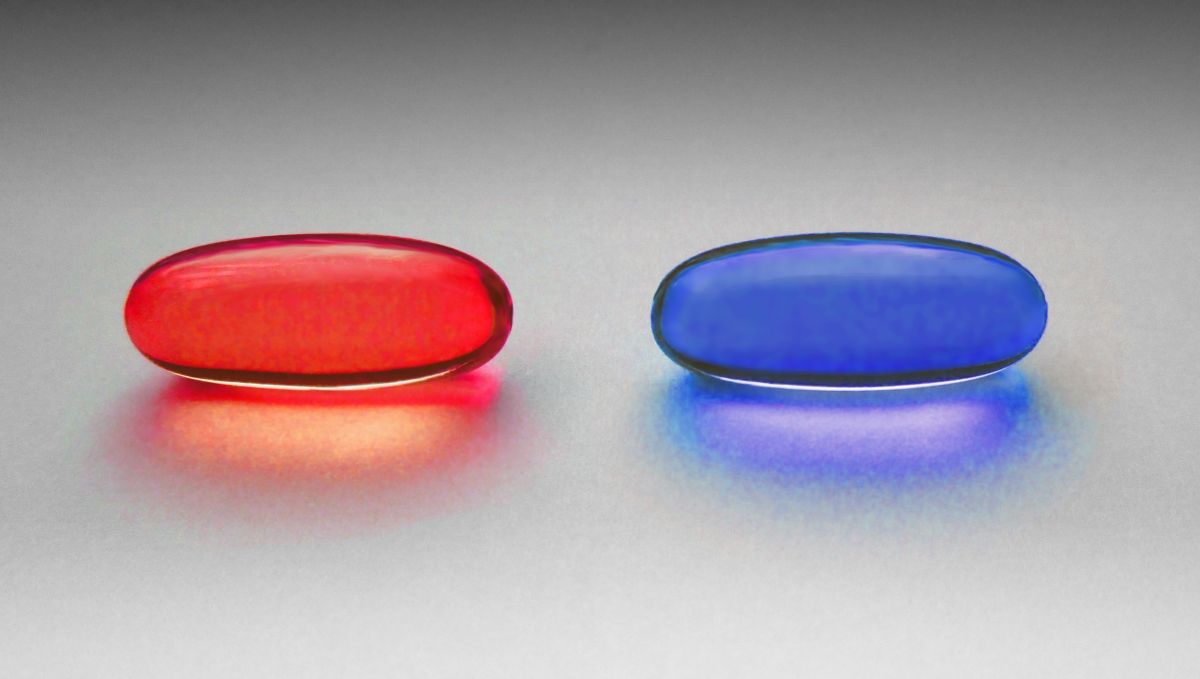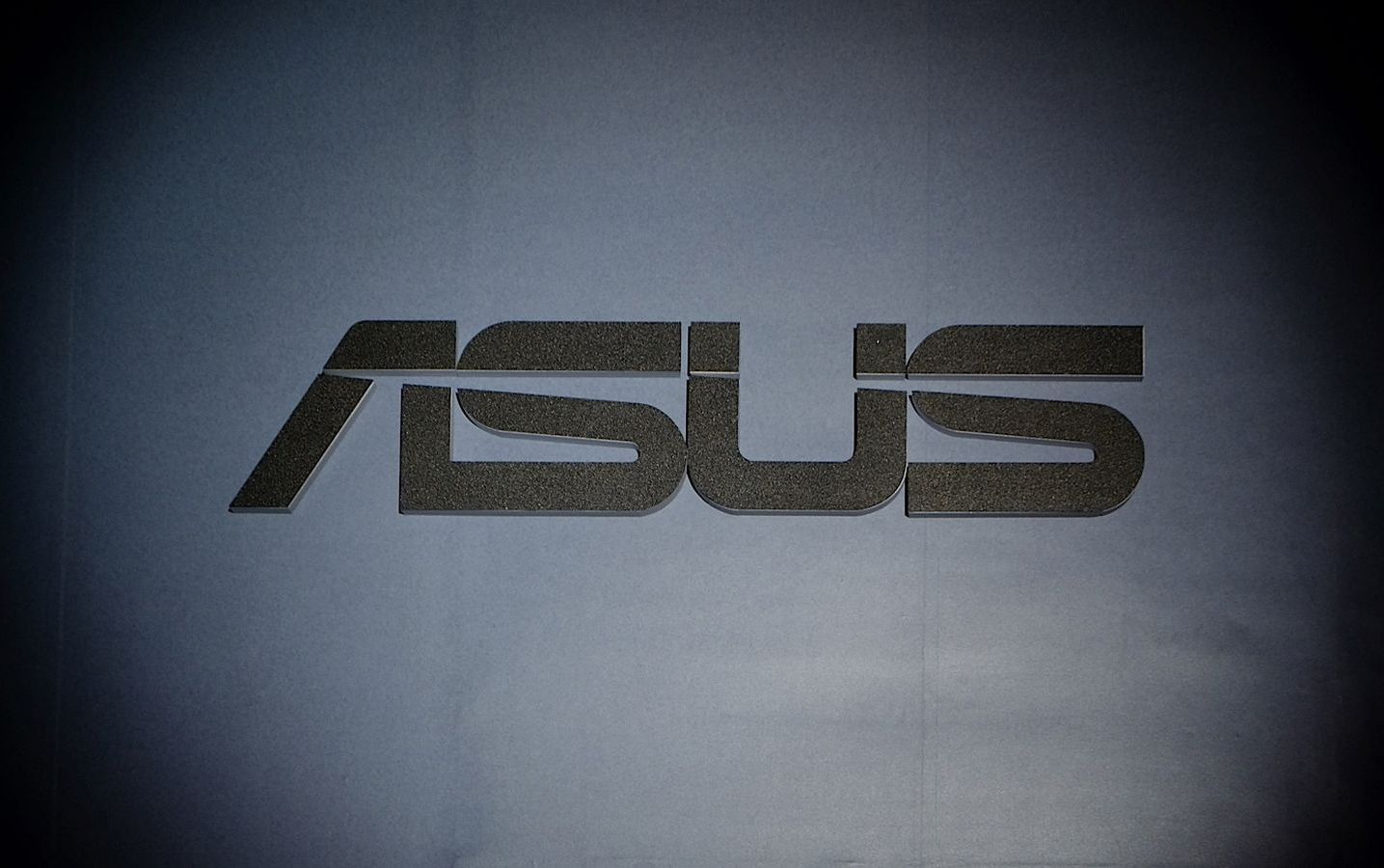Samsung Mobile is building a virtual reality browser.
Maybe it’s my game industry roots talking, but when I think of virtual reality, the last thing I imagine is checking updates on Facebook or poking through a Reddit thread.
Yet come tomorrow, December 2, Samsung is going to provide proof of this concept with a virtual reality web browser called the Samsung Internet for Gear VR. Users of the Samsung S6 family of mobile phones and the Samsung Note 4 or 5 — coupled with the Samsung Gear VR unit — will be able to shake their head in disgust watching Black Friday fight videos and scan for offensive tweets on Twitter from the glorious world of virtual reality. The app will support HTML5 based videos, as well as 3D streaming and 360-degree content.
If the urge to add a comment to the Internet void hits you, Samsung Internet takes advantage of both voice input and a Gaze Mode keyboard to facilitate hands-free typing. Simply stare at the key you want to press for a few moments. Activating links, traversing menus, and adding bookmarks will also use the Gaze Mode feature.
